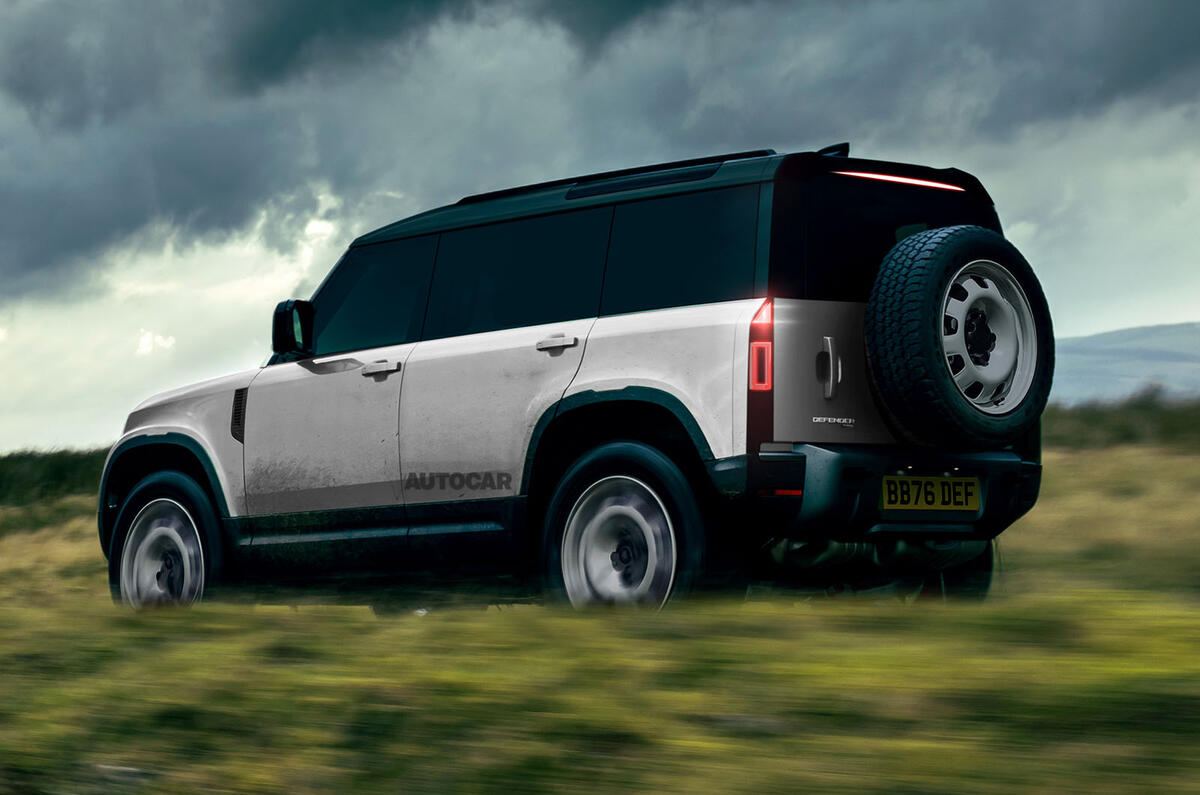The case for a smaller Defender has been clear for years, as product strategy types at Land Rover (is that still a valid name?) have known for more than a decade. But the advent of the latest full sized Defender four years ago has only made it stronger.
Main reasons: size and cost. Back in 1948, a Land Rover was 3.3metres long, considerably shorter than today’s Mini or a Fiat 500.
READ MORE: 'Baby Defender' to join JLR's compact SUV lineup by 2027
Even the longer wheelbase version that bobbed up after a few years was shorter than today’s Ford Focus. If off-road capability still concerns the modern creators of Defenders — and their care with electronic traction, ground clearance, hardware durability and tyre spec shows it does — then compactness is a big asset they can no longer use.
Back in the day, even a humble Freelander could do better than a Range Rover in some arduous conditions, because it was smaller. And stories abound of Suzuki Jimnys — and even Fiat Panda 4x4s — outdoing Defenders on grounds of weight and size. Drive today’s Defender on road and you’ll discover that in some common conditions, London’s suburban streets for instance, the current Defender is just too big.
If JLR wants its staple model to be relevant in the country’s major population areas, size matters. And especially width.
Second, it can’t be ideal that the cheapest of a family of off-roaders starts at £50,000-plus. Especially since it’ll be £60,000-plus in today’s money when compulsory EV models arrive. Leaves a yawning space for rivals, notably Chinese, to pile into your strongest markets at £25k less with products that do nearly as good a job.
Finally, there are the marketing concerns: today’s Defender is earmarked for a long life. What will stimulate interest in the putative Defender family over the next six years or so? Even Range Rover has support from Evoque. A small model is needed, and it’s already late.




Join the debate
Add your comment
The current Defender is an awesome vehicle but a world away from the original, which itsself was a world away from the Original Series Landrover.
Times move on and so do vehicles, would anyone expect the current Passat be comparable to a Beetle ?
Given that, LandRover have really missed the boat with supplying a true utility vehicle.
For the sake of the companies future I hope and believe the new 'small' Defender will be abig seller.
But please don't call it a Defender Sport unless it has Sporting intention.
I would argue that the new Defender isn't really a Defender at all, because it's complex, expensive and not nice to look at, but I agree that it's too big. It would be great if Land-Rover could bring out a true utility vehicle, preferably something like a scaled-down Ford F150 Lightning, so that it could compete with the forthcoming electric pick-ups from Ford, Toyota and Chinese manufacturers like Maxus and Geely/Radar. It would be awesome to see farmers, tree surgeons, builders and local garages buying Land-Rovers again.
Even the Disco Sport and Evoque are on the wide side, such is the fatness of modern cars